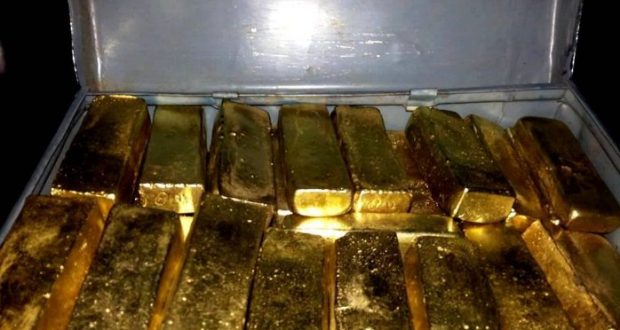Following the voluntary suspension of underground mining activities at AngloGold Ashanti’s Obuasi Gold Mine, underground ore mining is expected to resume by mid-October.
However, gold production from underground ore sources is only expected to re-commence in January 2022.
The safe ramp up to the full mining rate of 4,000 tons per day is expected to be achieved by the end of the first half of 2022.
AngloGold Ashanti’s annual revised guidance for 2021 remains unchanged and assumes no gold production contribution from Obuasi for the remainder of this year. For the remainder of this year, underground ore will be used only to replenish the run-of-mine stockpile.
There is no material change to the mine plan or to Obuasi’s published ore reserve and mineral resources.
Production for 2022, as the mine ramps up, is estimated to be about 240,000oz – 260,000oz at an all-in sustaining cost of approximately $1,250/oz to $1,350/oz, and with cash costs of $900/oz to $1,000/oz.
ALSO READ: AngloGold Ashanti bolstered its available liquidity to more than $2 bn
Detailed review conducted
The voluntary suspension followed a sill pillar failure on 18 May 2021 which resulted in the tragic loss of one of the mine’s employees.
A detailed review of the mining and ground management plans has been conducted by a cross-functional internal team and supported by independent third-party, Australian Mining Consultants (AMC).
Following this review, a comprehensive series of protocols have been introduced to supplement existing operating procedures.
The full suite of procedures ahead of the mining front now include:
- The existing systematic probe drilling procedure.
- Extensive use of technology, including cavity monitoring systems and cavity auto laser system, augmented with visual inspections to confirm the position and status of backfill in previously mined areas.
The new paste-fill plant has been commissioned and its reticulation system is expected to be completed by the end of this year.
These protocols, which have been integrated into the mine operating system, will be bolstered by scheduled audits to ensure the accuracy and diligence in probe drilling, and the intended implementation of the revised plan.
It is estimated that the supplementary operating procedures introduced following the review will add about $10 to $20 per tonne to the mine’s operating costs, or about $50/oz. AMC will continue its review of future mining areas.
Production rate
During the review period, underground development and work related to the Obuasi redevelopment project continued to progress, with phase 2 construction substantially complete at the end of June 2021.
Phase 3 of the project, which relates principally to extended capital expenditure to refurbish existing infrastructure around the KMS Shaft as well as to service the mine in deeper production areas, has progressed during this period and will continue as planned through to the end of 2023.
It is estimated that in the fourth quarter of next year, the annualised production rate will be about 320,000oz to 350,000oz a year.
Annual production is expected to remain at around that level in 2022 and 2023 until the completion of Phase 3 in Q4 2023, when it is estimates that the mining rate will achieve the planned step-up to 5,000 tonnes per day.
With all three phases of the project complete, production from 2024 to 2028 is anticipated to average 400,000oz to 450,000oz at an all-in sustaining cost of $900/oz to $950/oz.
Obuasi Mine
Obuasi, an underground operation, mining to a depth of 1,500m, is one of the world’s largest gold ore bodies, with 29.5Moz of the mineral resource, at an average grade of 7.64 grams per tonne and 8.7Moz of ore reserve at an average grade of 8.6 grams per tonne.
Obuasi was in limited operations in 2015, and on care and maintenance from 2016 to the start of its redevelopment in mid-2018, following the receipt of the requisite approvals from the government of Ghana.
The first face blast took place in February 2019 with the first gold poured in December 2019. Phase 1 of the redevelopment project was completed by end of September 2020 and began commercial production on 1 October 2020. Phase 2, construction and mine development, was substantially completed at the end of June.




